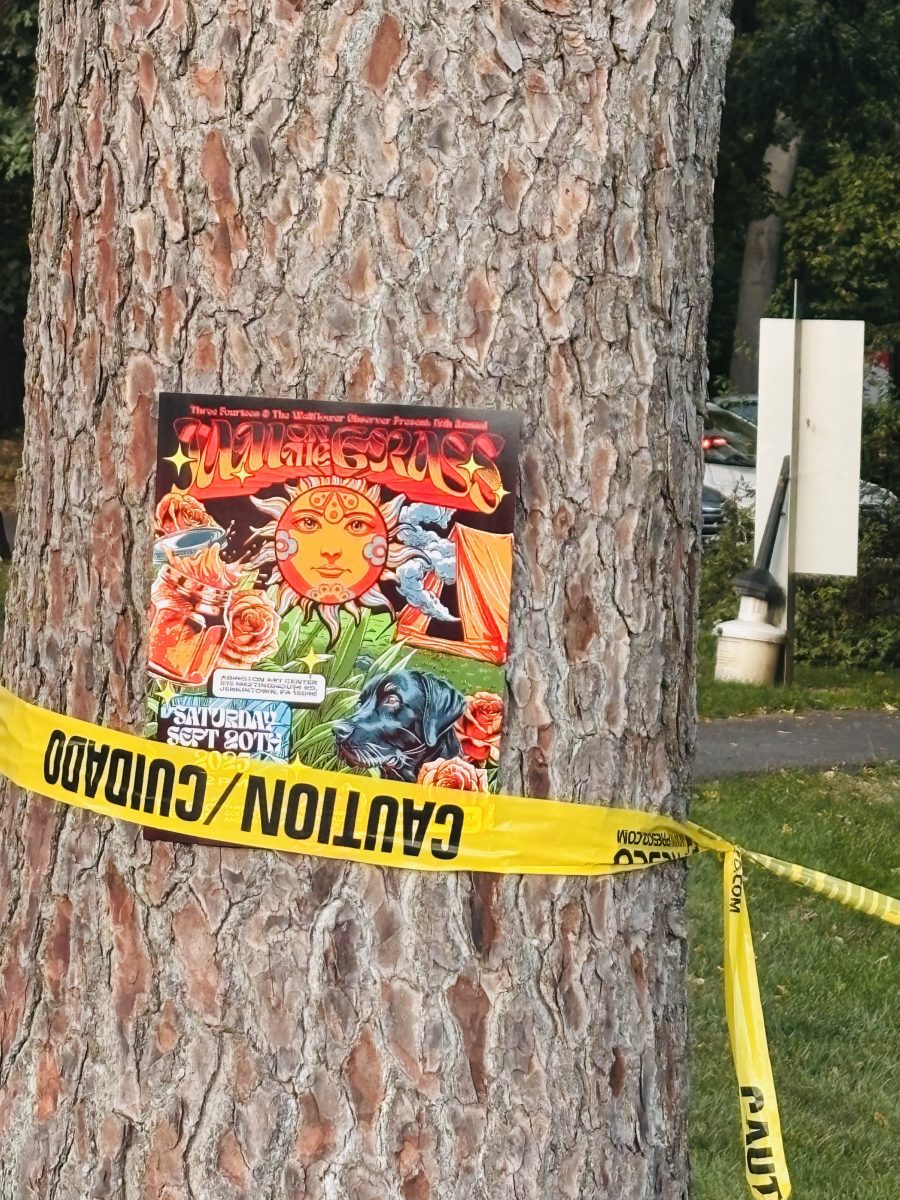By Ari Roth
Masters at Work made an indelible impact on the history and trajectory of dance music culture. The prolific production and remixing duo are best known for developing – and arguably perfecting – classic New York house music in the early 90s with an endless stream of underground hit singles and remixes for artists as big as Madonna. Beyond the deep, soulful house style on which they built their name, they also heavily influenced hip hop, R&B, and vogue club music, the latter of which is fundamentally based on the central sample of MAW’s “The Ha Dance.”
More than any of their peers, Masters at Work understood that house music fundamentally stemmed from the underground disco that they heard growing up in NYC, particularly in foundational clubs like the Paradise Garage and the Gallery. The duo were also deeply influenced by the Latin music that surrounded them in their neighborhood in the 70s and 80s. While they made their name with electronic music, centered around TR-909 drum machines, keyboards and samples, they also began to experiment with a new project as the late 90s rolled around. They realized that they were in a unique position to create an all-star, dream team project that celebrated the dance music that most influenced them. This project would become Nuyorican Soul.
In some ways, Nuyorican Soul is a throwback. It features musicians and styles from a past era, and it directly homages preceding genres and sounds. But the presence of Masters at Work is still significant here: this is an album put together with the care and love of superfans, people who grew up immersed in the sounds embedded in these grooves. Whereas the majority of disco albums were notoriously inconsistent, pulling together hit singles, genre experiments and filler into a package that didn’t always gel coherently, Nuyorican Soul works perfectly as a singular statement. It’s a fantasy universe, a love letter to a bygone era that hones in on what made that music great and stretches it out across 75 minutes of ecstatic, uncompromising, body-moving bliss.
Opener “I Am The Black Gold Of The Sun” is probably the best known track here, a psychedelic, almost proggy track built on rolling drums, piano vamping, and a jazzy vocal melody. “It’s Alright, I Feel It” ups the dancefloor factor, featuring Jocelyn Brown’s euphoric belting and invigorating funk rhythm section work. From there, the album switches gears for a long stretch of latin and deep jazz on tracks such as “MAW Latin Blues”, the spacey rare groove “Nautilus (MAWtilus)” and the Puerto Rican-inflected “Habriendo El Dominante.”
The album really hits its stride in its final third. Legendary singer and vibraphonist Roy Ayers features on two tracks, and the second, a remake of his original “Sweet Tears”, is a sweeping disco-house track with gorgeous strings, lush instrumentation, and a stomping kick drum pulse propelling the whole thing forward. Frequent Masters at Work collaborator India takes the lead on a brilliant, infectious cover of Loleatta Holloway’s stone cold classic “Runaway.” Rather than the limp imitation that characterizes most of the disco revival, these songs are vibrant and alive with spirit and joy, easily standing up to the Philadelphia International and Salsoul records that inspired them.
“Shoshana” returns to infectious Latin jams, and the comparatively brief “Jazzy Jeff’s Theme” injects hip hop scratching into its menacing 6/8 swing. Jazz guitar superstar George Benson guests on closer “You Can Do It (Baby)”, singing along with his intricate melodic lines as drums and synthesized strings percolate beneath. The groove is at once weightless and danceable, coaxing your body to move along with its subtle, liquid flow. The lyrics don’t mean much, but the message is clear: rhythm is the key. No matter how many strides music makes over the coming years, decades, centuries, that will never change.







